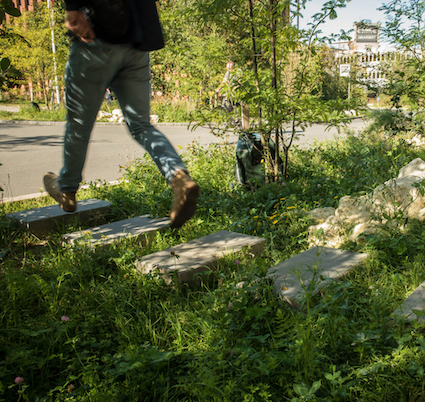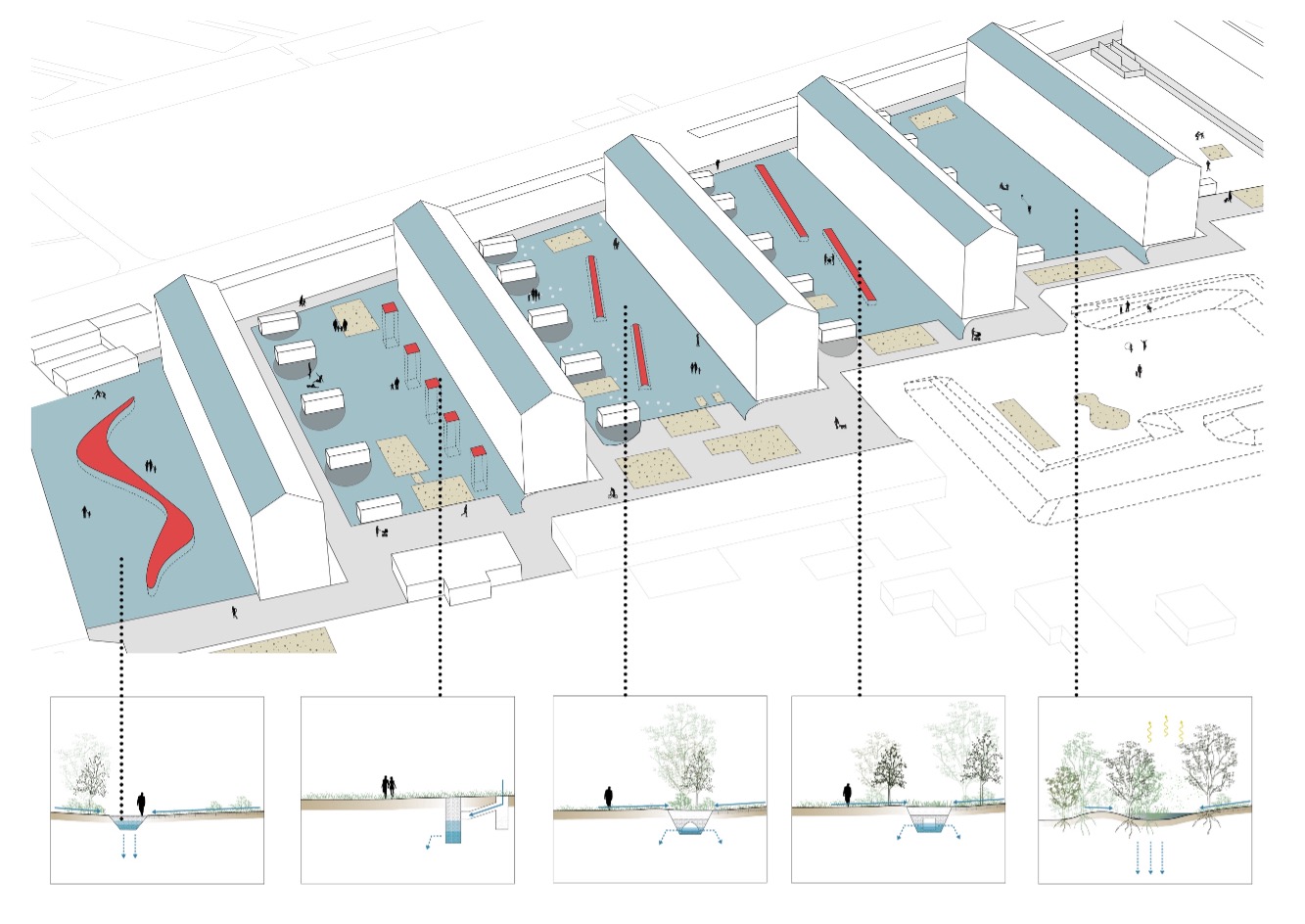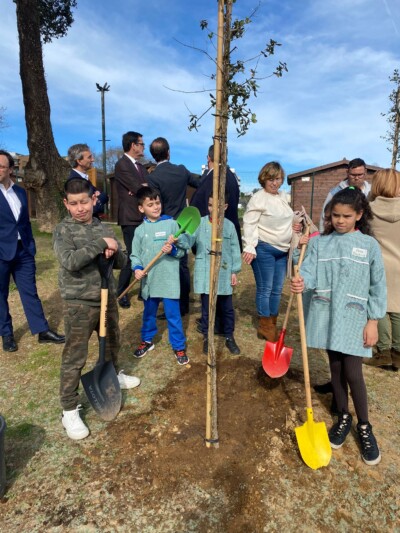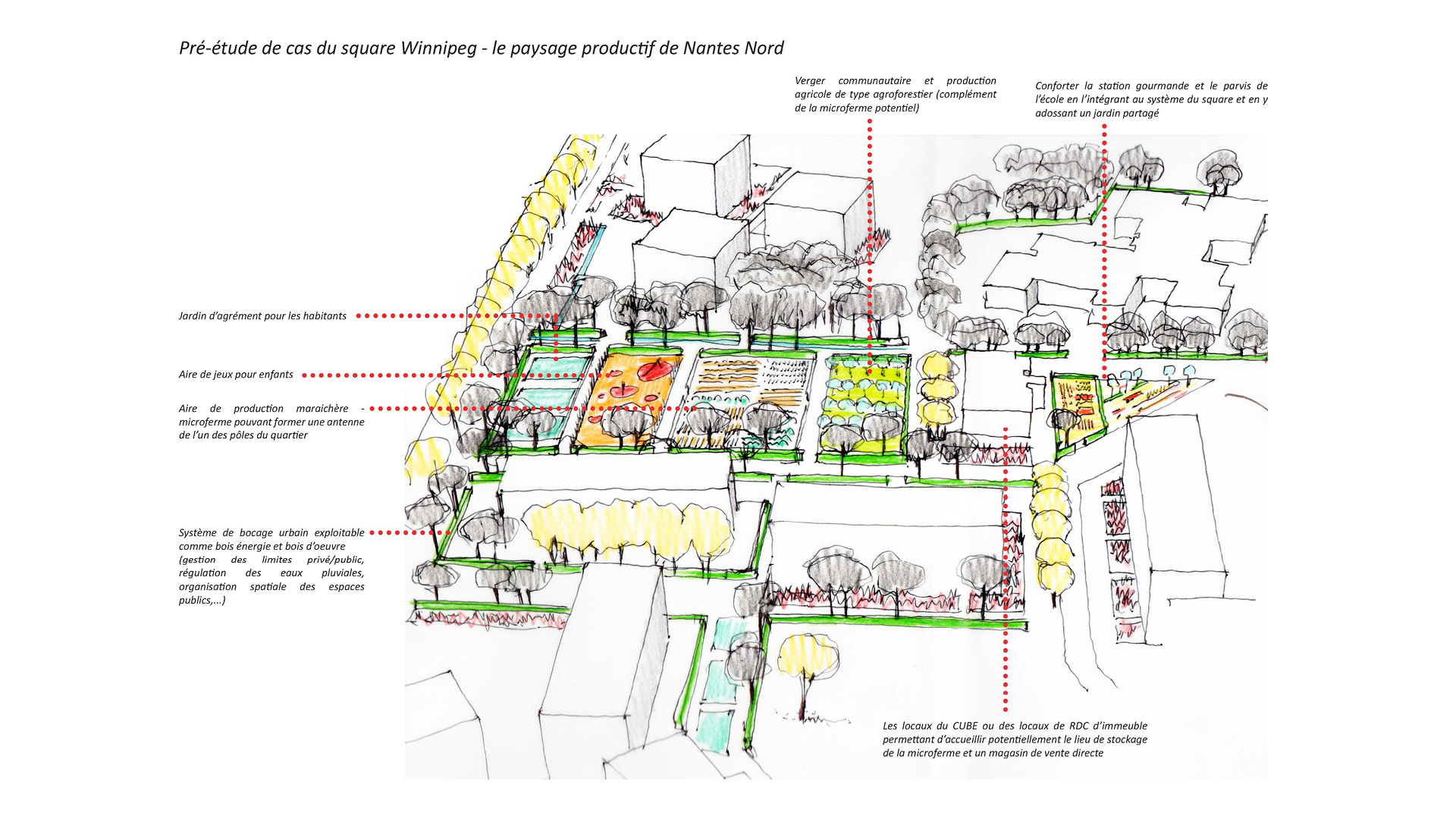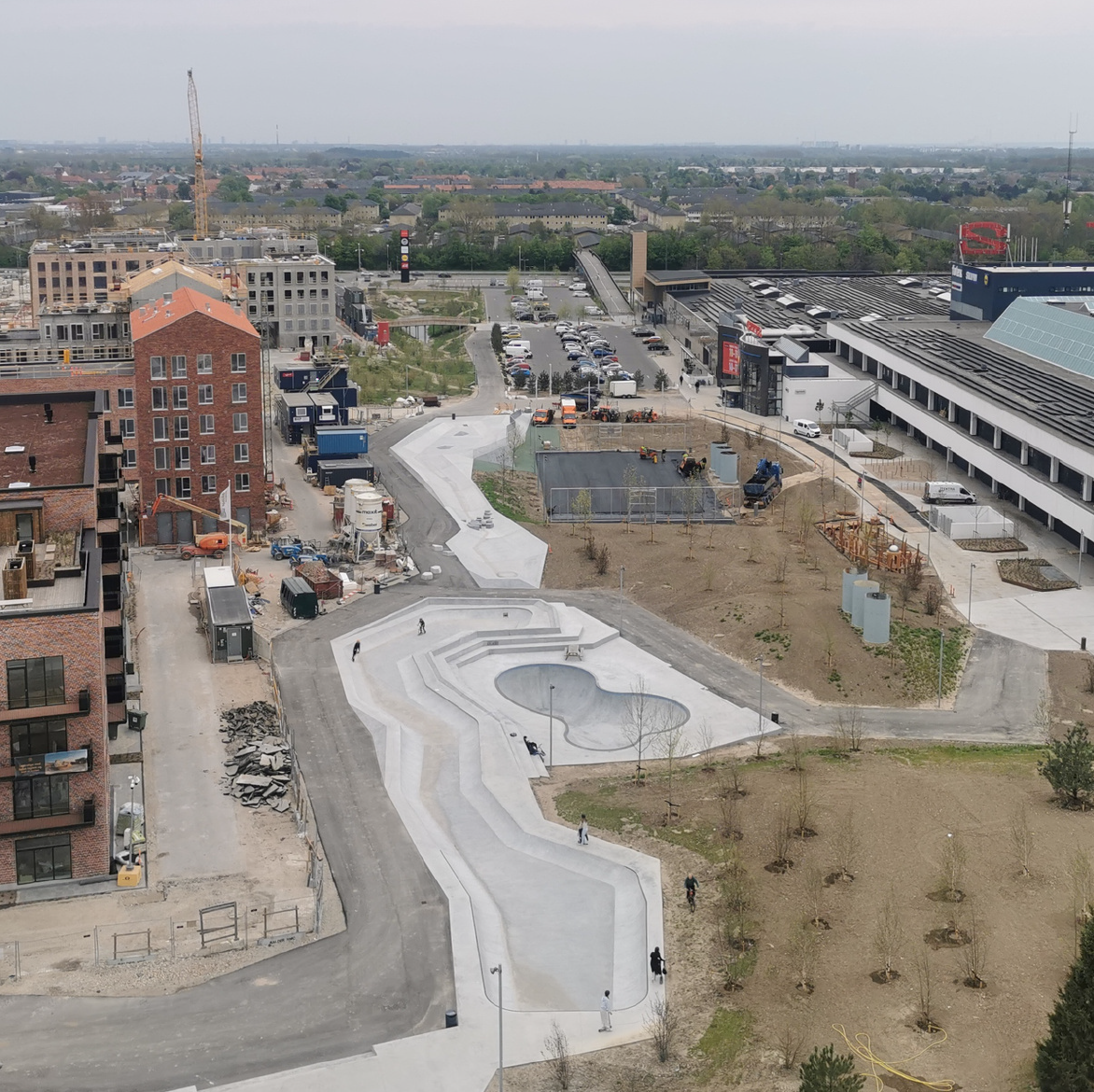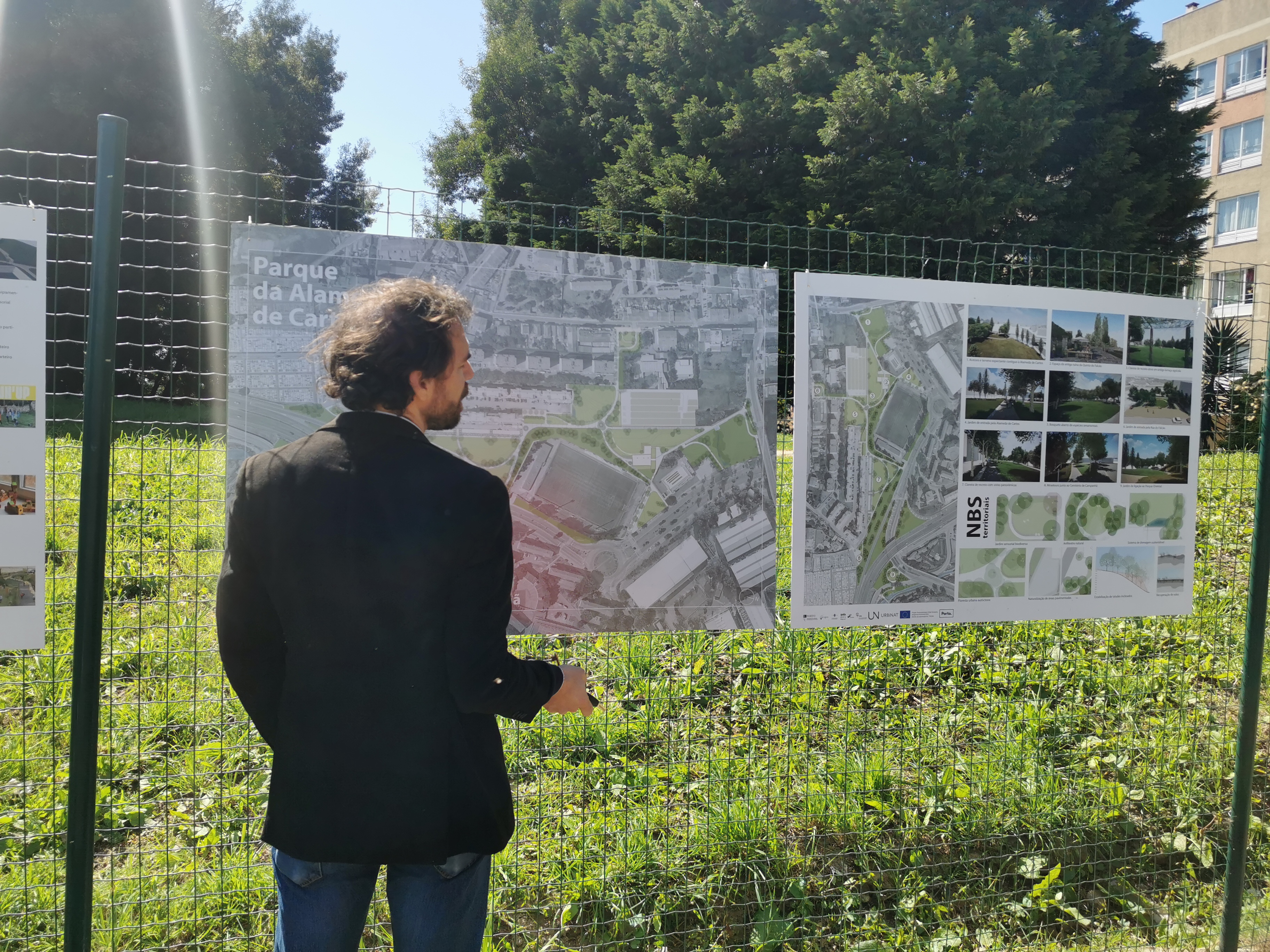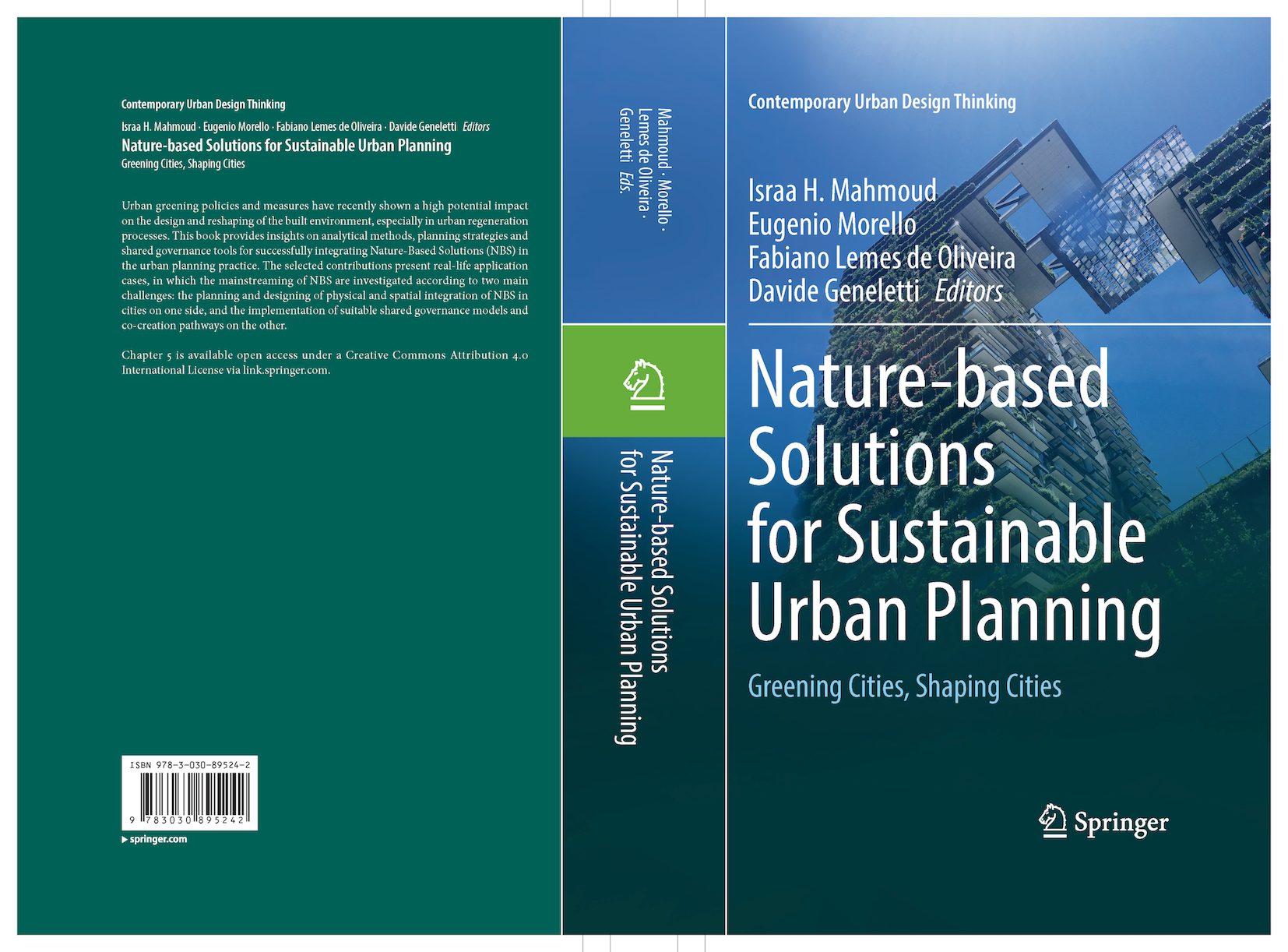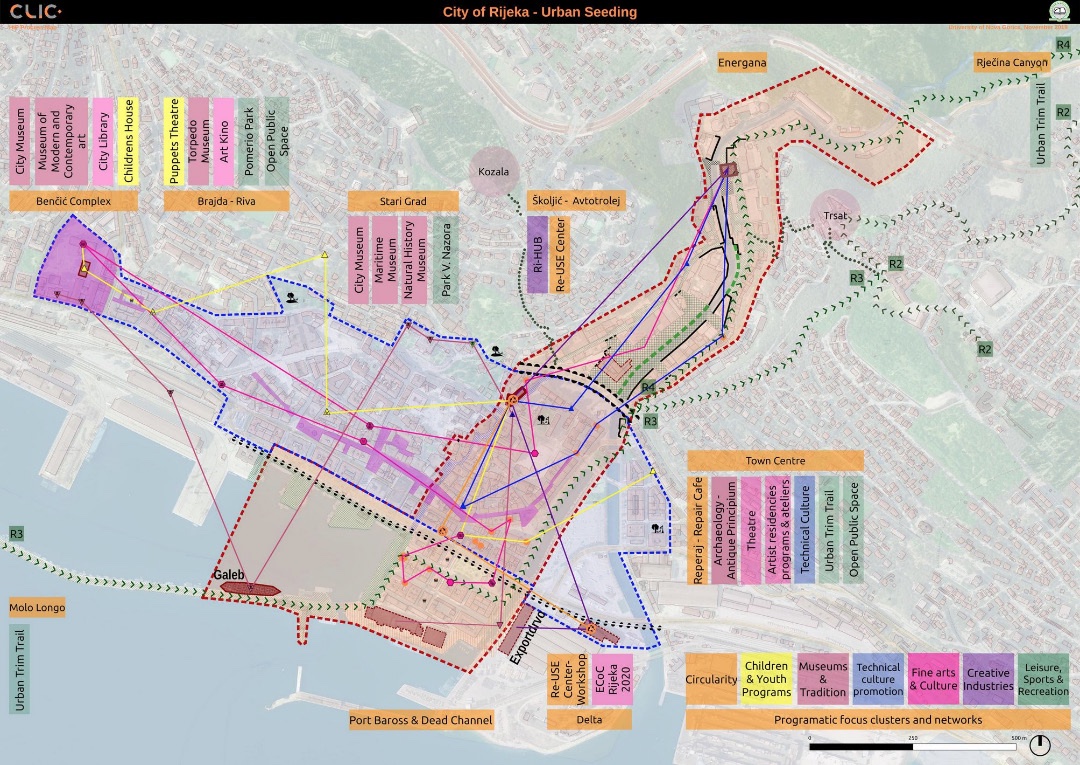Rainwater Management and Recirculation in Residential Areas
CHALLENGES ADDRESSED
Score impact
Nature
Wellbeing
Health
Mobility
Participation
Economy
DESCRIPTION
Traditionally, the management of stormwater has relied on pipes and sewers. Due to limited storage capacity, these systems are susceptible to overflowing during storm events, presenting risks of harmful contamination to the environment, and causing damages on buildings. Nature based rainwater management is designed to collect runoff water and relieve the pressure on sewer systems. This is done by handling the water on the terrain surface and including the hydrological performance of nature. They are based on retention and infiltration principles, which mitigates flood problems, improve quality of water and recharge underground watercourses as well as promoting and improving both biodiversity and the wellbeing of people. These NBS are very flexible and includes various possibilities for site specific adaptation, in terms of scale, technical solution and combination with other programs.
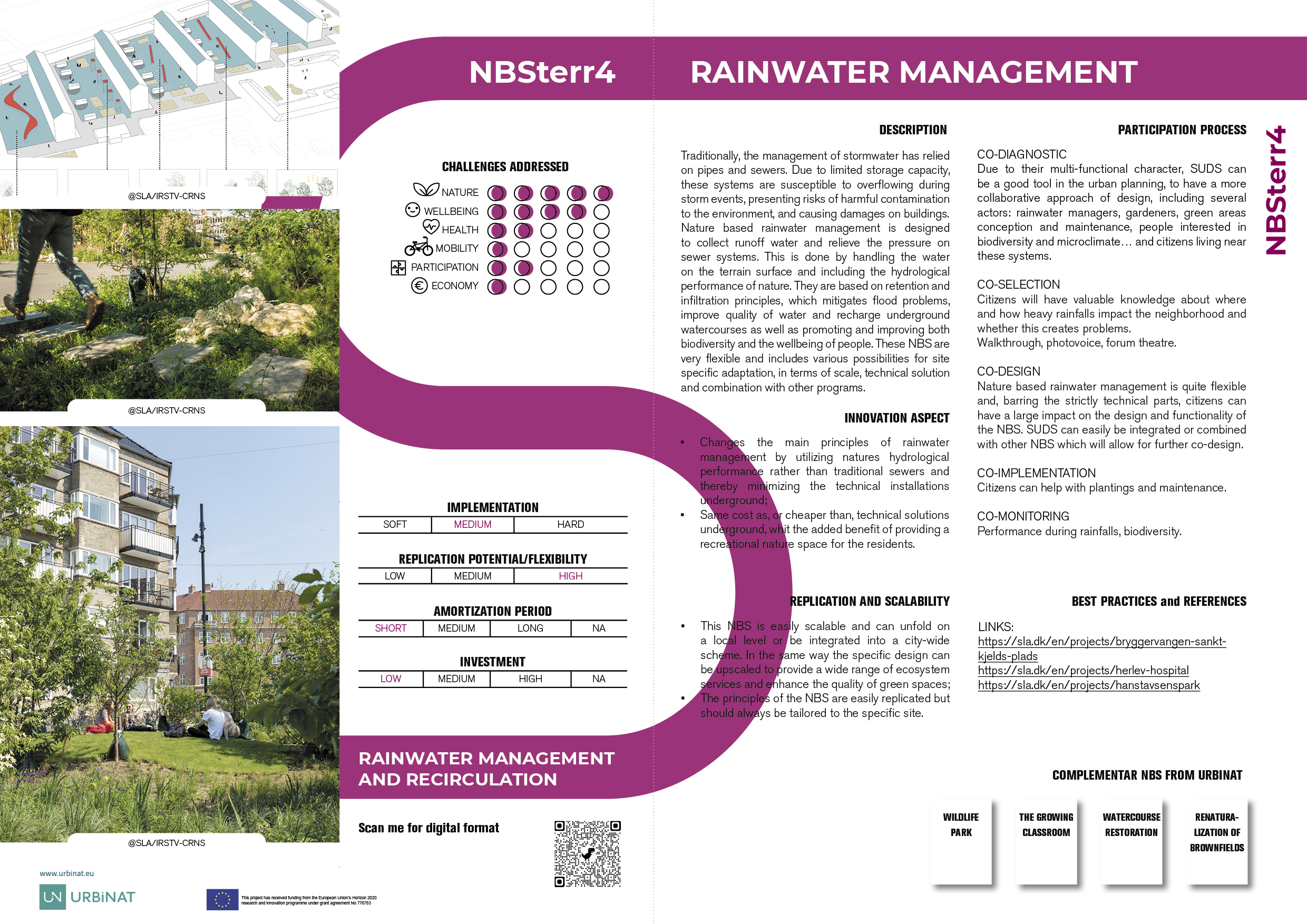
[PDF Download] Rainwater Management
Traditionally, the management of stormwater has relied on pipes and sewers. Due to limited storage capacity, these systems are susceptible to overflowing during storm events, presenting risks of harmful contamination to the environment, and causing damages on buildings. Nature based rainwater management is designed to collect runoff water and relieve the pressure on sewer systems. This is done by handling the water on the terrain surface and including the hydrological performance of nature. They are based on retention and infiltration principles, which mitigates flood problems, improve quality of water and recharge underground watercourses as well as promoting and improving both biodiversity and the wellbeing of people. These NBS are very flexible and includes various possibilities for site specific adaptation, in terms of scale, technical solution and combination with other programs.
INNOVATION ASPECT
- Changes the main principles of rainwater management by utilizing natures hydrological performance rather than traditional sewers and thereby minimizing the technical installations underground;
- Same cost as, or cheaper than, technical solutions underground, whit the added benefit of providing a recreational nature space for the residents.
REPLICATION AND SCALABILITY
- This NBS is easily scalable and can unfold on a local level or be integrated into a city-wide scheme. In the same way the specific design can be upscaled to provide a wide range of ecosystem services and enhance the quality of green spaces;
- The principles of the NBS are easily replicated but should always be tailored to the specific site.
PARTICIPATION PROCESS
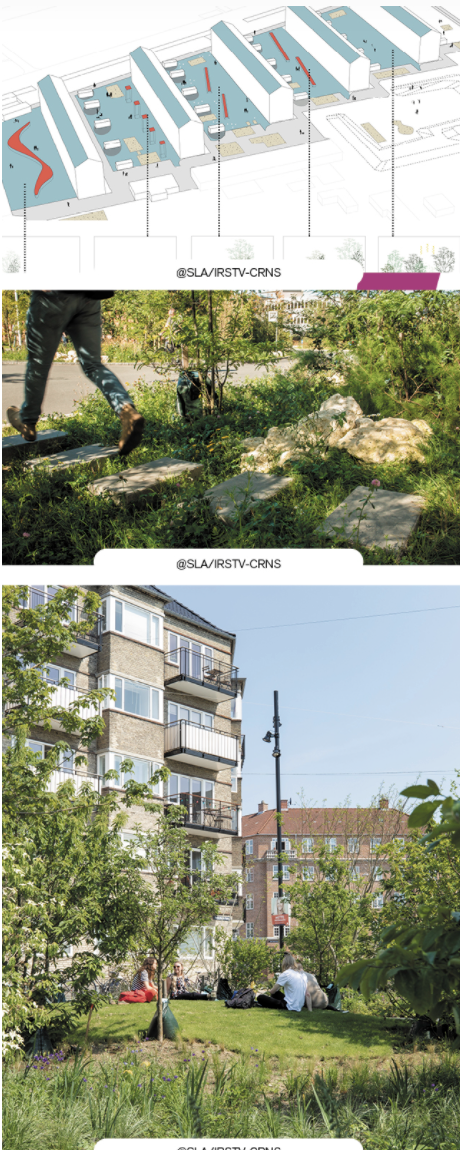
-
1
CO-DIAGNOSTIC
Due to their multi-functional character, SUDS can be a good tool in urban planning, to have a more collaborative approach of design, including several actors: rainwater managers, gardeners, green areas conception and maintenance, people interested in biodiversity and microclimate… and citizens living near these systems.
-
2
CO-SELECTION
Citizens will have valuable knowledge about where and how heavy rainfalls impact the neighborhood and whether this creates problems.
Walkthrough, photovoice, forum theatre.
-
3
CO-DESIGN
Nature-based rainwater management is quite flexible and, barring the strictly technical parts, citizens can have a large impact on the design and functionality of the NBS. SUDS can easily be integrated or combined with other NBS which will allow for further co-design.


